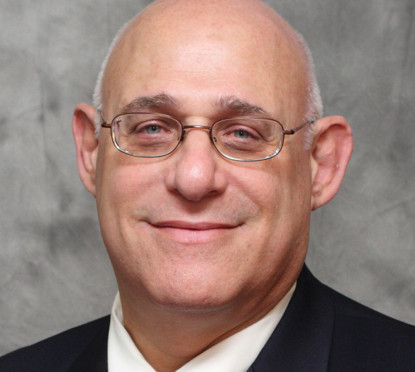Click Here to Enroll
MERS operates an electronic registry, the MERS® System, for tracking servicing rights and beneficial ownership interests in residential mortgage loans, and MERS® Commercial for the commercial mortgage‐backed securities (CMBS) and multifamily marketplace
Expert

In April 2012, Mike Skalka relocated to Virginia to join MERSCORP Holdings, Inc., parent company of Mortgage Electronic Registration Systems, Inc. (MERS), as Executive Vice President and Chief Legal Officer. He also serves as Corporate Secretary for MERSCORP Holdings and MERS. MERSCORP Holdings, which operates an electronic registry of mortgage loan servicing rights and ownership on behalf of the lending industry, is presently addressing the challenging issues associated with foreclosures and mortgage record holding – areas in which Mr. Skalka’s background and knowledge is uniquely suited.
Mr. Skalka received his B.A. degree from C.W. Post College of Long Island University and his J.D. degree from Chicago-Kent College of Law. Upon graduation from law school, Mr. Skalka began his career in the title industry and then went on to private practice; subsequently, reentering the title industry years later.
Mr. Skalka joined Stewart Title in 1988 as the founding president of Stewart Title Insurance Company, domesticated in New York. Shortly thereafter, in the early 1990s, he helped establish Stewart’s operations in Canada and theUnited Kingdom, and then relocated from New York to Houston, in 1993, to serve as Executive Vice President and General Counsel of the Stewart Organization until 2005.
As Stewart continued to seek opportunities outside of the U.S., Mr. Skalka led those efforts by becoming Chairman of Stewart’s International Group in 2005. In 2007, he became the first person outside of the Morris and Stewart families to be appointed President and Managing Director of Global Underwriting Services of Stewart Title Guaranty Company, where he remains a member of its Board of Directors. Mr. Skalka had also helped to lead the National Title Services Division of Stewart since 2009.
With his more than 35 years in the title and real estate industries, Mr. Skalka has established himself as an admired member of the real estate community. He has had the honor to be appointed to the Board of Governors of the American Land Title Association®, as well as to serve upon its various committees; and, is a past President of the New York State Land Title Association.
In the spring of 2007, the Houston Chronicle published a feature article about Mr. Skalka and his international activities on behalf of the Stewart Organization. He also has been quoted in Continental Airlines Magazine concerning the real estate market in Latin America. Mr. Skalka has spoken before numerous bar association, land title association, and related industry functions throughout the United States and England and has had articles published by the Bank Lending Institute, the New York Law Journal, the Practicing Law Institute and the National Register of Commercial Real Estate.



 Vicki DiPasquale
Vicki DiPasquale